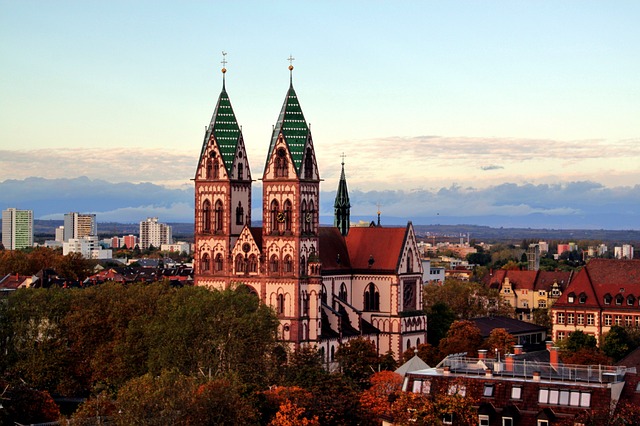- Target: Freiburg Green City, using 100% renewable energy by 2050.
- Status: In progress
- RES: Net-zero and passivhaus building practices, combined heat and power (CHP) generation, solar thermal and photovoltaics systems, and a district heating grid to provide domestic heating and hot water.
- Implementation: Freiburg is located in south-west Germany, near the borders with France and Switzerland. It is home to universities, public research institutions and has one of Germany’s sunniest and warmest climates. The city has a population with a large proportion of whom are Green Party voters. Since the 1972 Anti-nuclear protests, citizens have pursued sustainable energy standards often above and beyond those set by the German federal government. In 2003, citizen groups began preparing a plan for the municipal council, which eventually became the backbone of Freiburg’s Land Use 2020 plan. The plan brought together community shareholders and civic officials. The focus would be threefold: energy savings, efficient technologies, and renewable energy sources. Action plans were detailed in relation to transportation, waste, water and energy sectors. Today, the Freiburg Environmental Policy provides short, mid and long-term goals for planning, development, and conservation for sustainability and efficiency. These aspects govern Freiburg’s urban planning process in such a way that most development, or re-development, projects go far beyond the minimum energy standards and installation of renewable energy generation to also include net-zero and passivhaus building practices, combined heat and power (CHP) generation and a district heating grid to provide domestic heating and hot water.
- Population: 229,636 (2017)
- Area: 153.07 km2(59.10 sq mi)
- Link: https://www.theguardian.com/environment/2008/mar/23/freiburg.germany.greenest.city
